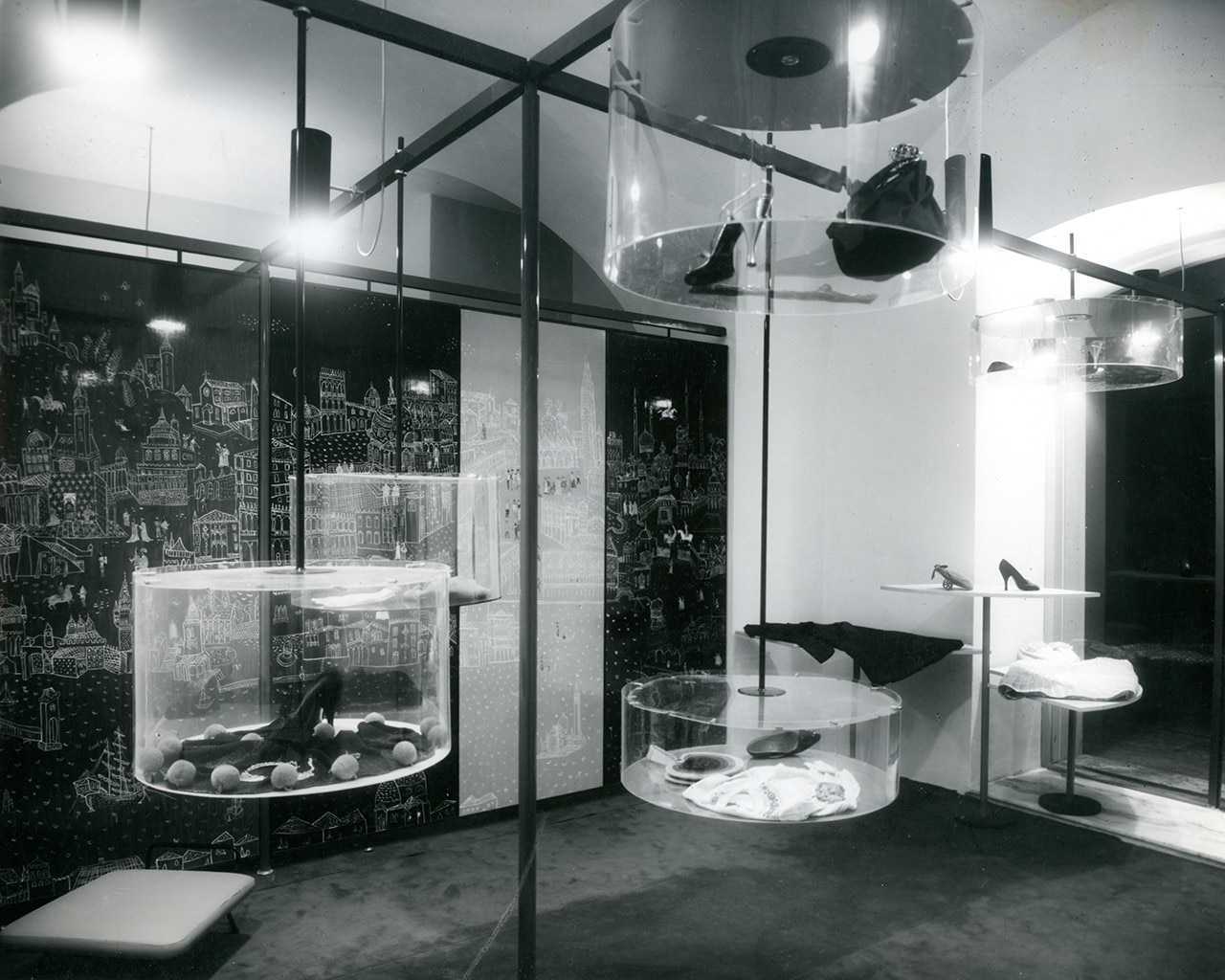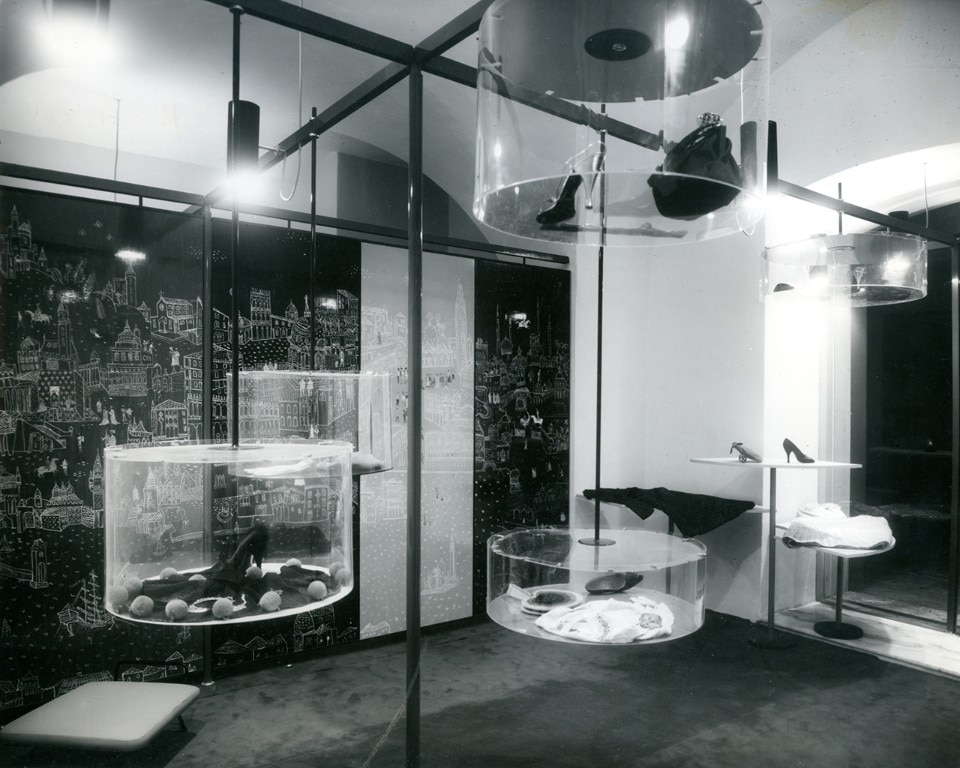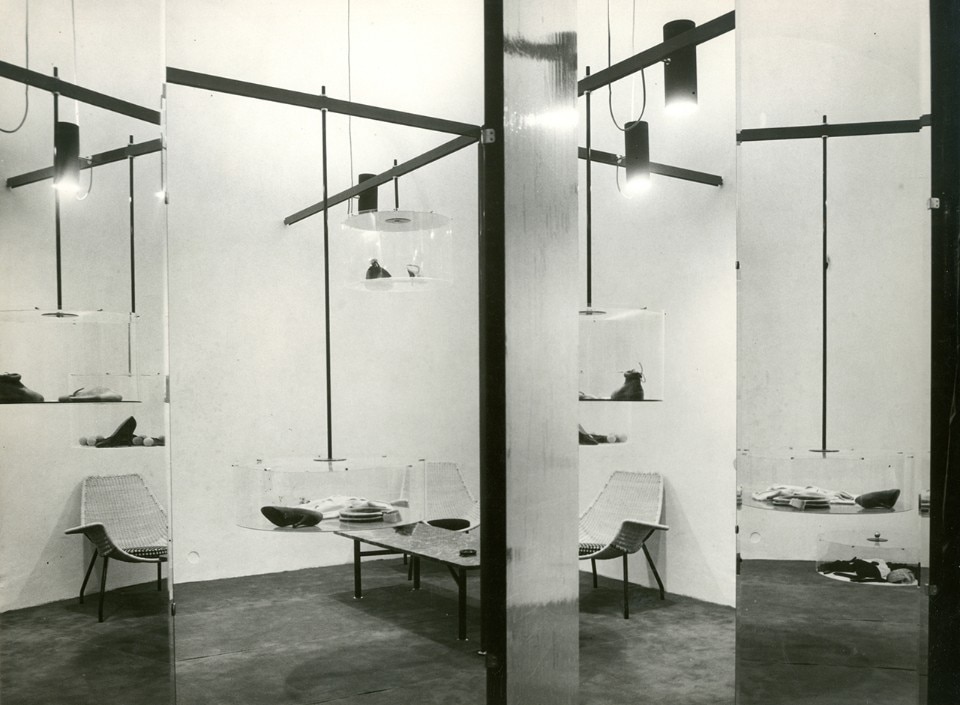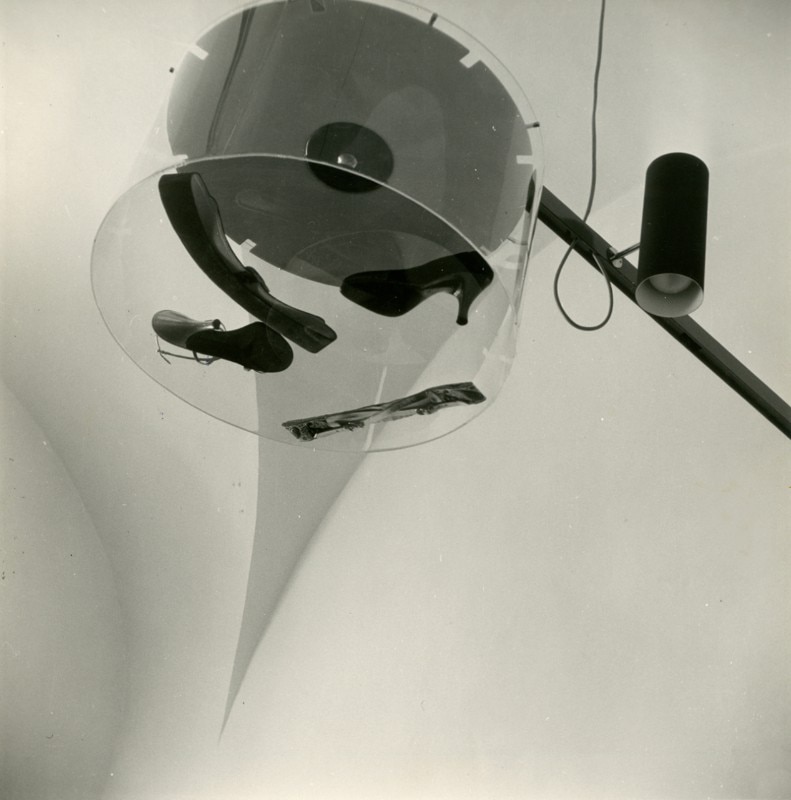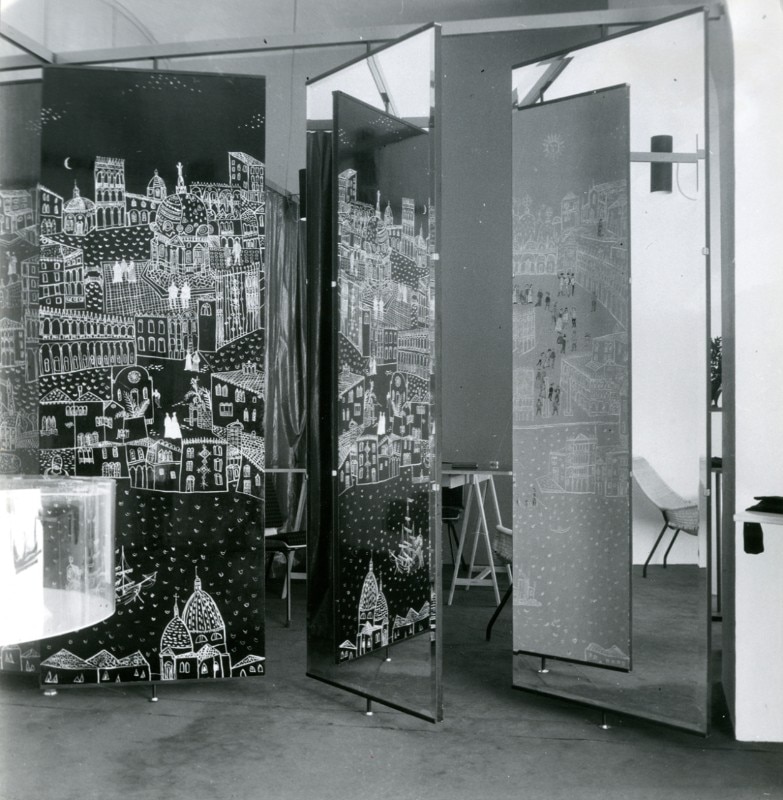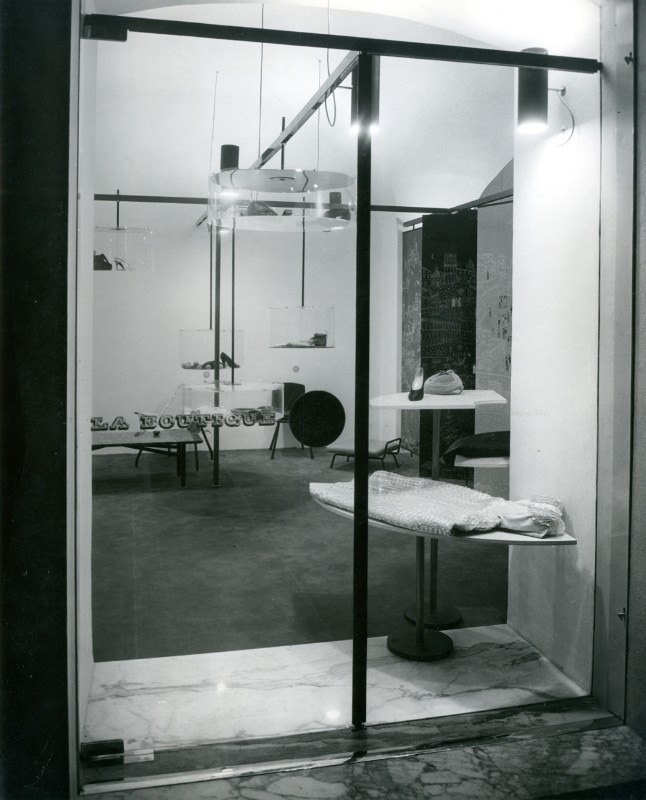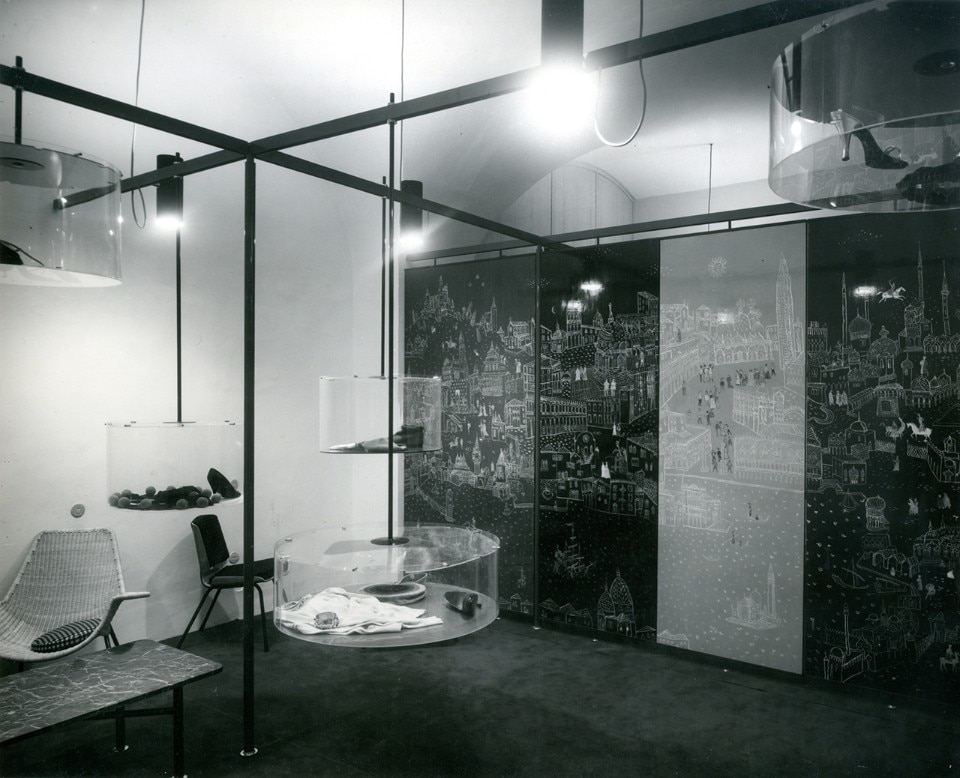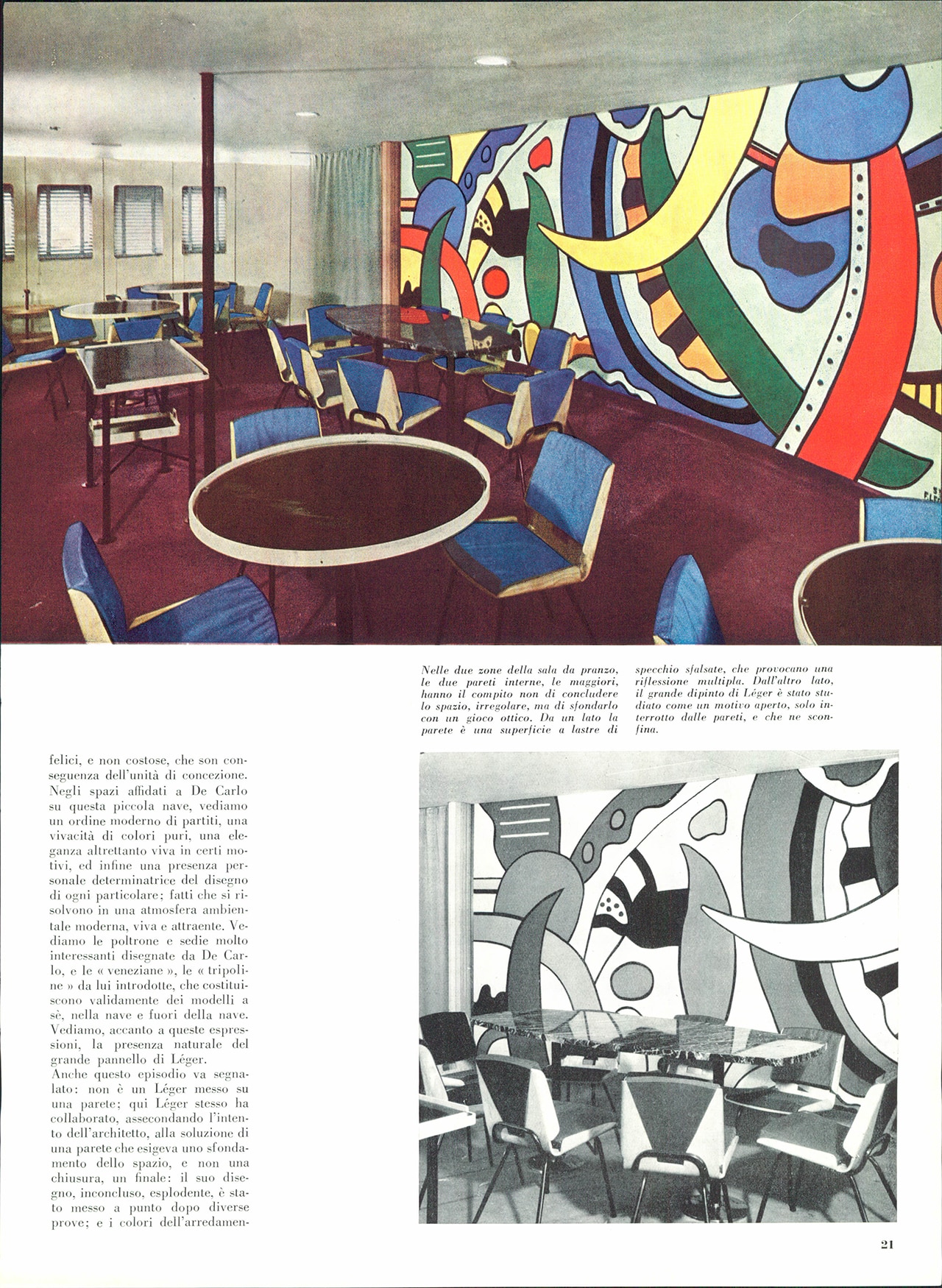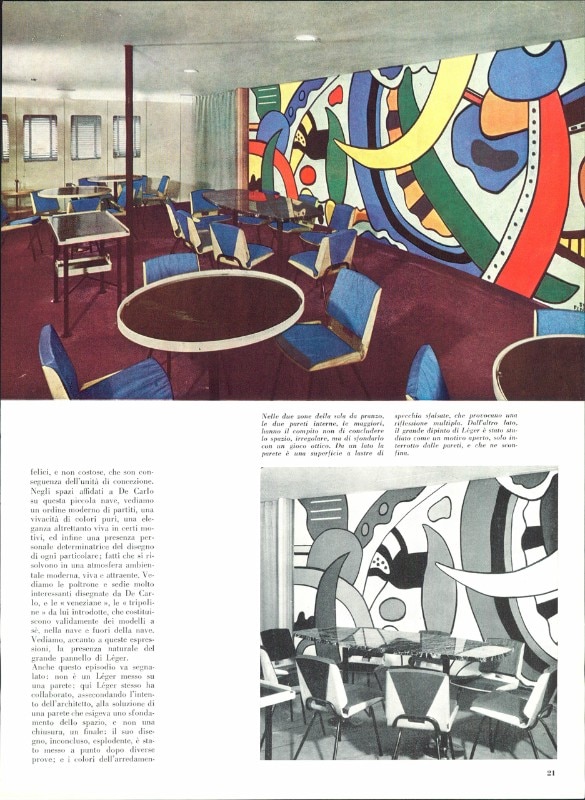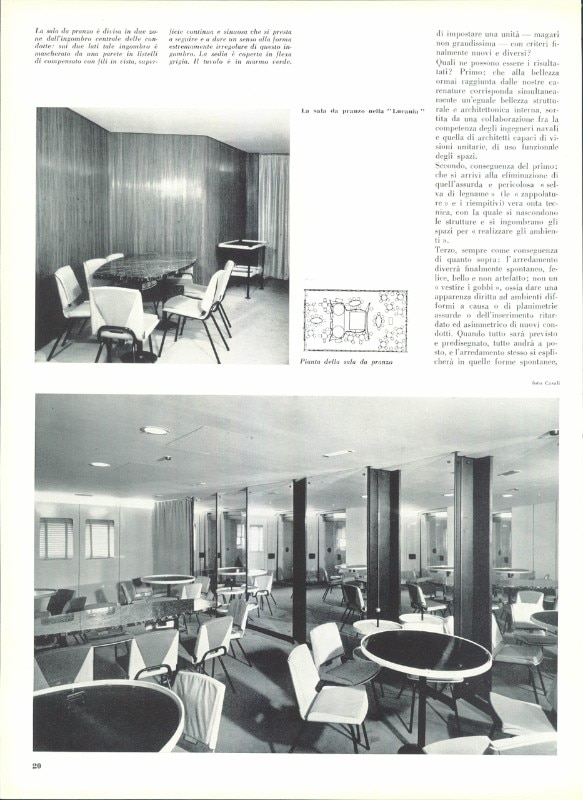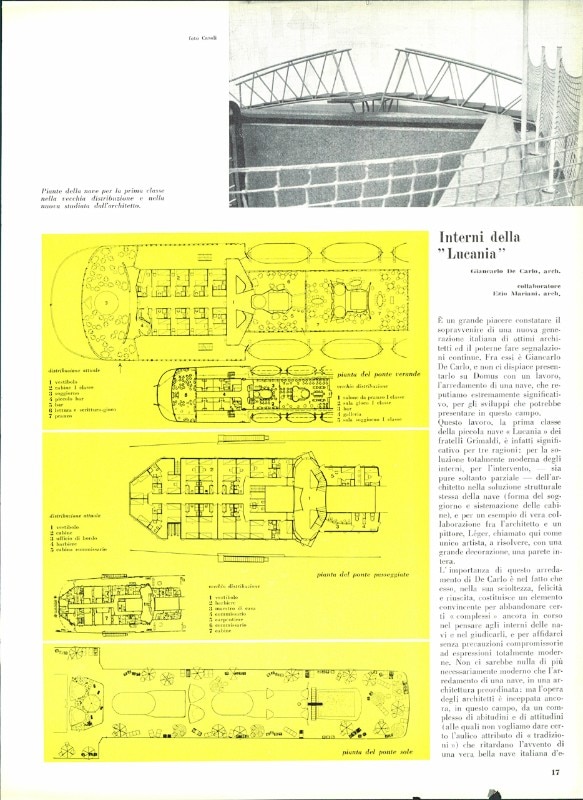Born in Genoa but citizen of the world, Giancarlo De Carlo, after long periods abroad with his Tunisian father and Chilean mother, returned from Tunis to attend the Livorno naval academy and then moved to Milan, where he graduated in engineering in 1943. The beginning of this famous architect’s career is linked to his editorial activity – first in Giuseppe Pagano’s Casabella, then publishing for the Domus of Richard Rogers [1] with two contributions on Wright and Morris in 1946 – as a prelude to his critical approach towards the Modern Movement – from which he inherited his ethical commitment rather than his formal stylistic elements – commitment he then accomplished in the experience of Team X, of which he was one of the main protagonists, especially together with Alison and Peter Smithson, Aldo Van Eyck and Georges Candilis.
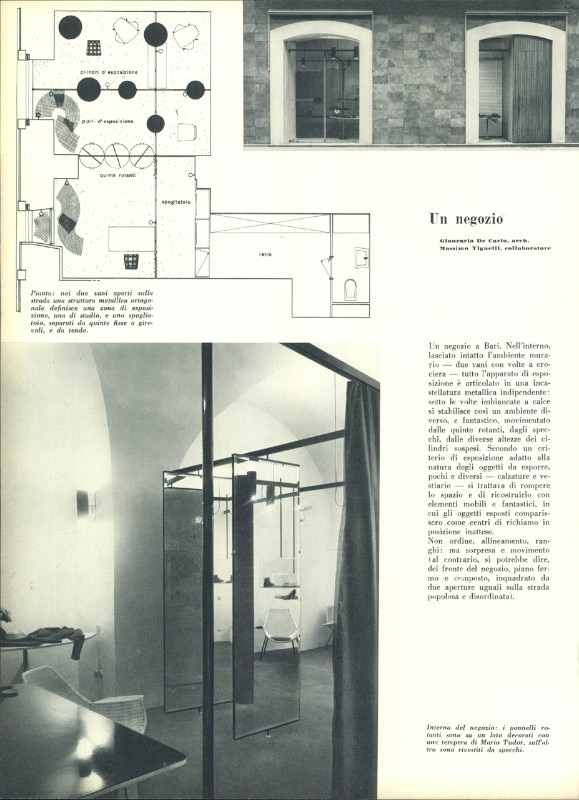
After graduating in Architecture at the IUAV in Venice, De Carlo distinguishes himself considerably from other protagonists of the Italian Modernism, defining his own path. Through participatory planning, design as an ‘attempt’, as well as the study and interpretation of spontaneous forms of living, De Carlo contributed – also through the direction of the magazine Spazio & Società – to keep Italian architecture within the international debate.
However, there are some pieces of his complex professional profile that have not been adequately highlighted. Among these is the transversal approach to the scales of the project, through the entire spectrum of formal, constructive, technological and material themes. In fact, like other professionals of the same generation [2], he has also worked on industrial design, sometimes as a means for intervention on social issues.
Objects, furnishings, interiors and urban devices, probably constitute a forgotten heritage of his articulated work. In the context of architects-designers, Giancarlo De Carlo’s is a “third way” to industrial design, different from both Gio Ponti’s artistic approach and Zanuso’s industrial approach. [3] In particular, he combines the artisan approach with a marked attention to technological innovations, both in materials and processes. He is a ‘total’ professional who seeks the ideal unity within the project, from the organisation of the territory to the definition of the details.
Gio Ponti, in the presentation – at Domus 287, October 1953 - of the interior design project for the Lucania turbonave - developed by De Carlo together with Ezio Mariani and the artist Fernand Legér – underlines the modernity of the interdisciplinary approach to the topic, capable of combining architecture, art and furniture in a unicum of great aesthetic value. Ponti praises the choice of Grimaldi shipowners to entrust him with both the formal transformation of the existing spatial configuration of the living room and cabins, and their qualitative definition in terms of details, furnishings, materials, atmosphere and equipment. Legér’s contribution is not limited to the characterization of the dining room, but influences the entire project.
In Lucania turbonave, he uses all his skills as an interior ‘designer’ and decorator, designing every detail and carefully choosing every material and finish: from the optical game made with a series of properly arranged mirrors, to the inclusion of Legér’s painting as an open decorative motif. There are also elements of industrial design: sofas and armchairs are designed as elements in between of art pieces and objects of mass production.
Domus, in 292 issue – March 1954, brings back the skills of the Genoese designer in the field of interiors, publishing the project of a clothing store in Bari, Italy, developed with the collaboration of Massimo Vignelli.
The organization of the main space takes place through an ‘infrastructural’ system made up of three metal tracks – inserted into the layout of the vaulted spaces. An “exhibition machine” perfectly in tune with the season in which “architects on the one hand, stylists and brands on the other join forces to express ideas of personal, social and cultural identity” [4]. The strength of the whole comes from the rigour of the design intention, which combines the wall with an autonomous structure, result of the characteristics and geometry of the specific situation. A flexible but rigorous system, based on movement in space. The entire installation is solved through the three metal tracks: the intersections of the axes clearly and linearly identify the areas of the shop, distinguishing between display, study and dressing room. The tracks support the dividing elements, the lighting fixtures and the displays. Clothing, shoes and accessories are presented in cylindrical plexiglas display cases – of different diameters and heights, suspended so that they can be seen at appropriate heights. The adjustable spotlights and the rotating displays, with one side mirrored and the other occupied by a work of art, orient the movement in space.

There are many convergences with the Lucania ship, for example the mirrors as a virtual amplification device of the physical space and the artistic contamination, in this case by Mario Tudor. One side of the revolving panels is decorated with tempera paintings on a purple, black, pink and brown background.
Since 2005, the year of his death, De Carlo’s public profile as a committed architect and intellectual has gradually crystallized. According, however, to an approach largely established by himself. These pages of Domus represent a precious testimony of a wide, transversal, intense journey, often neglected by the dominant literature, and the cases of Lucania and the shop in Bari are part of these traces.
The research on Giancarlo De Carlo, still in progress, is carried out as part of the PhD in Architecture and Design at the University of Genoa, by a work group consisting of PhD students Luigi Mandraccio, Stefano Passamonti and Francesco Testa, under the scientific coordination of Prof. Arch. Carmen Andriani. This work is part of the activities promoted by the Scientific Committee for the celebrations of the Centenary, active at the Accademia Nazionale di San Luca in Rome. The research was supported by the IUAV Projects Archive in Venice, which is the seat of the archive fund. The first results of these studies were presented at the first international seminar at the Accademia di San Luca.
- 1:
- Francesco Samassa, Giancarlo De Carlo, Dizionario biografico degli italiani, Treccani, Milan: 2014
- 2:
- Fiorella Bulegato, Elena Dellapiana, ed., Il design degli architetti italiani (Electa, Milan: 2014)
- 3:
- Elena Dellapiana, I designer architetti, in Fiorella Bulegato, Elena Dellapiana, ed., Il design degli architetti italiani (Electa, Milan: 2014), 9-31
- 4:
- https://www.domusweb.it/it/notizie/2017/06/12/domus_e_la_moda.html


